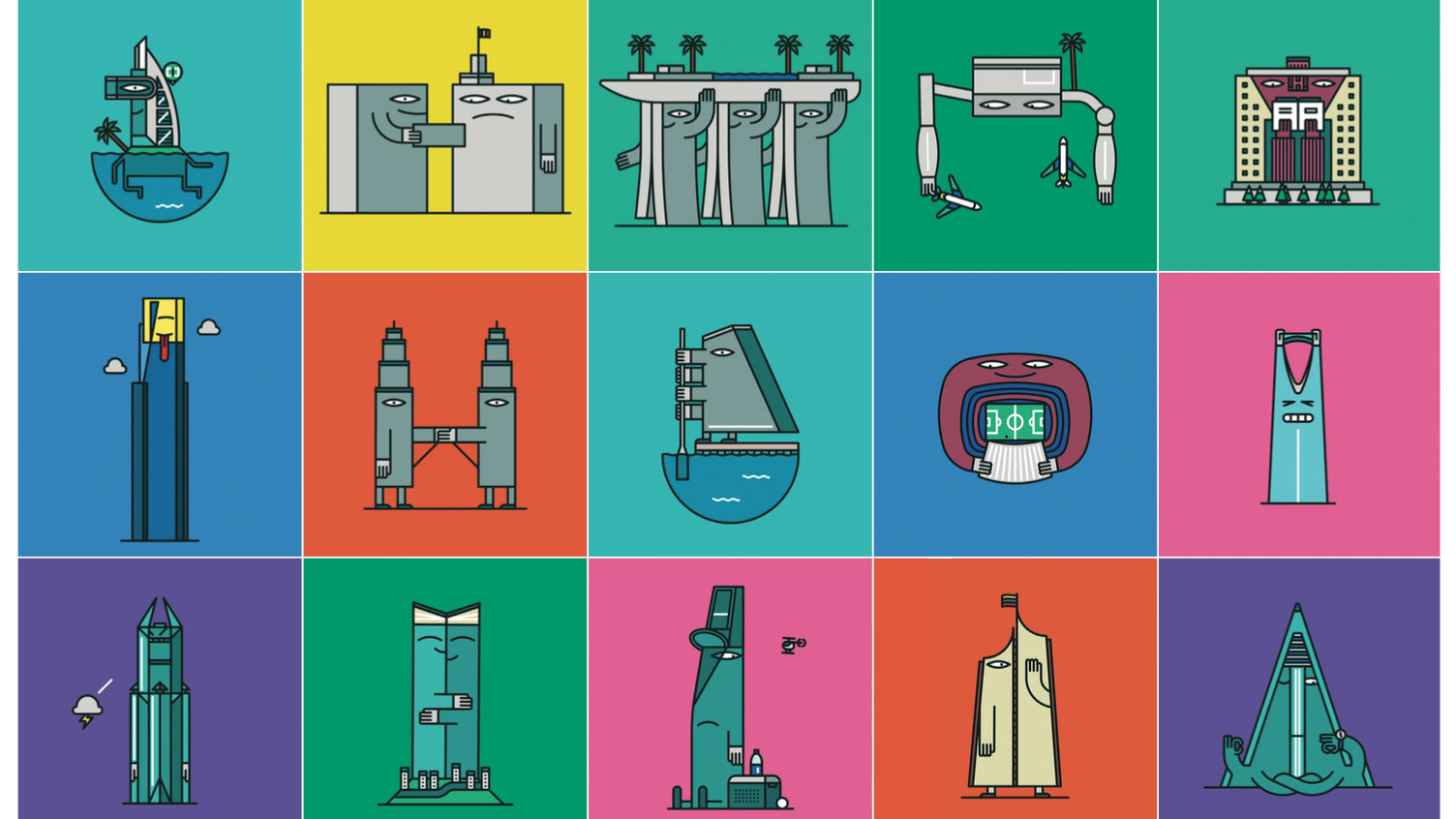5 tips for creating the perfect animation
From avoiding timing traps to nailing tricky transitions, here are five top tips that'll help you take your animation to the next level.

Animation is becoming ever easier and less expensive to deliver, and demand is increasing too. Even if your work is more in the way of doodle art or pencil drawings, learning some animation skills is a great way to bring in more work. Here some top animators reveal their tips for ensuring that every animated project hits the spot.
01. Write a synopsis
Whether you're working on an abstract animation or a complex character-driven plot, you must have a sense of what story your animation is telling well in advance of sketching out your initial idea. "Any storyboard or animation, even if it doesn't have a voiceover or any text, should be able to be explained through words, like a story," says Michael Lester. Try writing a synopsis – however basic – that encapsulates the core details of your animation.
02. Block your scenes
From your storyboard, the next preparation stage is to block your scenes. Break the story down into its key parts, where each scene tells a mini-plot line that's part of the whole animation. Add reference notes as to what your characters will be doing and how they will do so. "If you're going to focus on narrative then remember that the eye can only focus on one thing at a time," says Iain Acton. "Make sure that you guide the eye through your narrative."
03. Take reference
When blocking a scene, refer to any reference material you've built up. This could be existing animations that have the 'feel and flow' of what you want to achieve – or even film footage of the way characters and animals move. Concentrate on capturing these movements in a believable and realistic manner. "Timing and an excellent understanding of motion is essential to create good animation," says Hans-Christoph Schultheiss. "Nature is a great resource. Movement of animals, for example, is a great help. There are lots of interesting documentaries online."
04. Timing is crucial
'Timing traps' are the bane of an animation project: if your lip-synching or character moments are too 'snappy' it makes the animation feel unnatural and unbelievable to your audience. Richard William's The Animator's Survival Kit has an entire chapter on lip-synching that goes into great depth on the way phonemes and mouth shapes should be drawn and animated.
The best tip is to think about where the sounds of your speech track blend together and to animate these in detail, thinking about words and phrases rather than attempting to animate each individual letter.
05. Think about the transitions
Illustrators never have to deal with the transition from one scene or character movement into the next, and it can be a tricky first hurdle to negotiate – but there are some good exercises to make the races easier. "Take two different bits of work you've made that are stylistically similar," says Michael Lester. "Place them next to each other and think of how you could get from one to the other."
He continues: "Which elements could become others? How will they become others? Which elements can drop off and which new elements will you have to think of a way to introduce? That's a really good place to start and gives you a key skill to start exploring."
This article originally appeared in Computer Arts issue 254; buy it now!

Thank you for reading 5 articles this month* Join now for unlimited access
Enjoy your first month for just £1 / $1 / €1
*Read 5 free articles per month without a subscription

Join now for unlimited access
Try first month for just £1 / $1 / €1
Get the Creative Bloq Newsletter
Daily design news, reviews, how-tos and more, as picked by the editors.

Tom Dennis is a journalist, editor and content director with more than a decade’s experience working on international magazines, newspapers, and websites. While Tom is an expert on all things tech, having previously edited sister Future sites T3 and Computer Arts and picked up a PPA award for being a 'Digital Native', he still has a soft spot for the printed word. Tom has since moved into digital content marketing.
